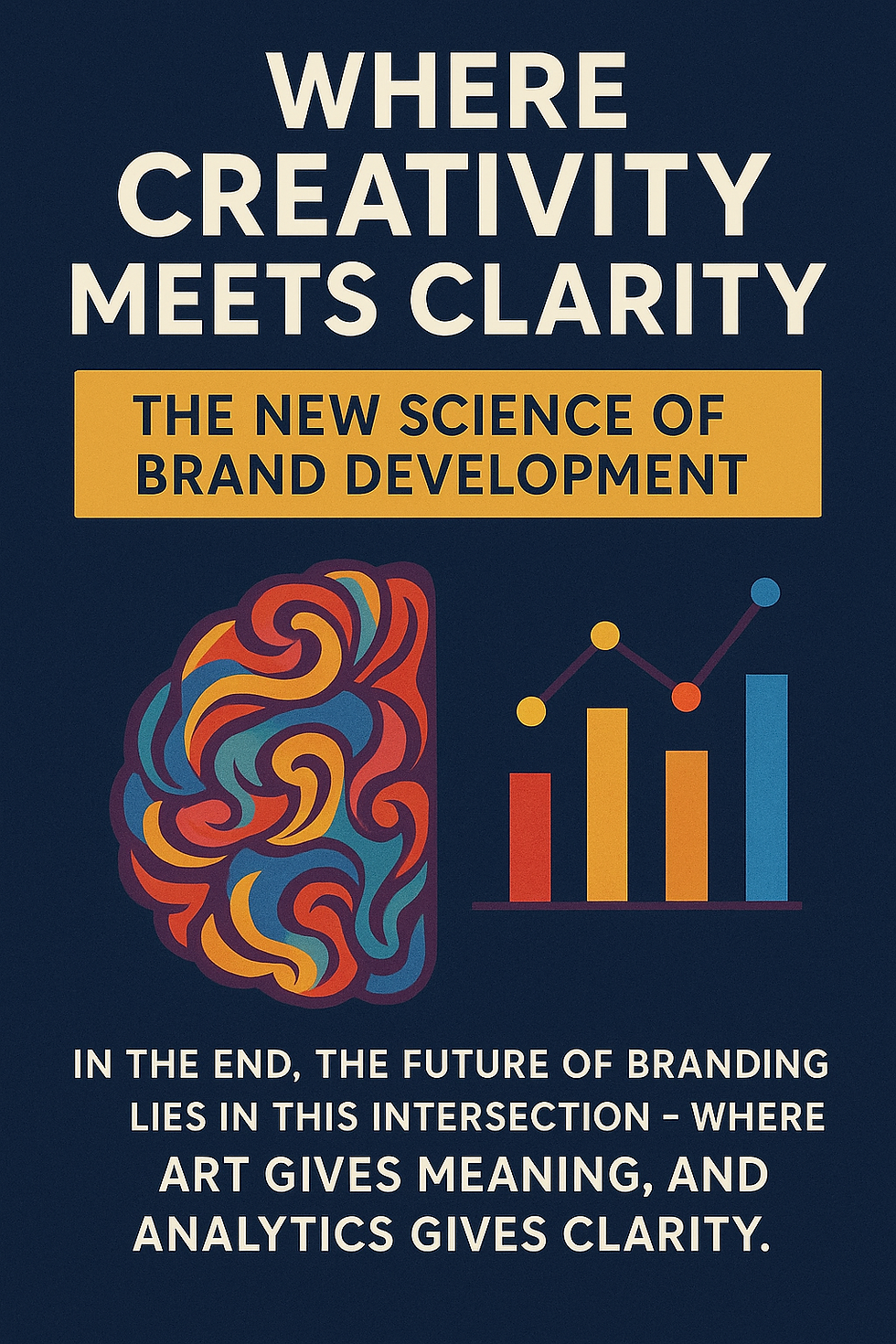Bridging the Gap – Transforming STEM to STEAM in India
- Uttam Sharma
- Jan 11
- 2 min read
Updated: May 11

In today’s rapidly evolving world, innovation drives progress. At the heart of innovation lies education—a system that molds young minds to think critically, solve problems, and lead with creativity. While India has made strides in promoting STEM (Science, Technology, Engineering, Mathematics) education, it’s time to take the next step: integrating the Arts to create STEAM. But why is this shift important?
What is STEAM?
STEAM isn’t just an addition of an “A” to STEM. It’s a revolutionary approach to education that blends the analytical rigor of science and technology with the creative mindset fostered by the arts. By integrating arts into STEM, we unlock the full potential of students, nurturing creativity, critical thinking, collaboration, and communication—all essential skills for the 21st century.
The Need for STEAM in India
Despite being one of the largest education systems globally, India ranks 34th in research and development (R&D) investment, allocating just 0.9% of its GDP. Compare this to countries like Israel (4.53%) and South Korea (3.23%), which lead global innovation indexes. The stark gap highlights India’s untapped potential for fostering a culture of innovation.
Adding arts to the mix can play a pivotal role. Data shows a strong correlation between a nation’s innovation index and the presence of artists in its workforce. The creative thinking nurtured by the arts complements the logical and analytical skills of STEM, producing well-rounded innovators ready to tackle complex problems.
Why Arts Matter in STEM
Arts instill critical life skills—creativity, problem-solving, teamwork, and empathy. Dramatics, for instance, helps students explore perspectives, build confidence, and experiment without fear of failure. These experiences enhance their ability to approach scientific challenges innovatively. Real-world examples, such as Delhi-based Ant Studio combining traditional mud pots with modern design to create cooling solutions, demonstrate the power of STEAM.
The Vision for STEAM in India
To achieve this transformation, we need systemic changes:
Dramatics and Arts Clubs: Establish dramatics and arts clubs in schools and colleges to provide hands-on experiential learning opportunities.
Teacher Training: Train educators to incorporate arts into science and technology curricula effectively.
STEAM Products: Develop engaging tools, apps, and kits to make STEAM learning accessible and fun.
This shift aligns perfectly with India’s National Education Policy (NEP 2020), which advocates for multidisciplinary learning and recognizes the role of arts in developing cognitive and social skills.
Conclusion
The road to integrating STEAM in India may be challenging, but it’s essential for the nation’s socio-economic transformation. By fostering creativity through the arts, we can inspire a generation of innovators ready to lead India into a future driven by Atmanirbhar Bharat (self-reliant India).
The time to act is now. Let’s bridge the gap, transform education, and empower young minds to innovate like never before.



Comments